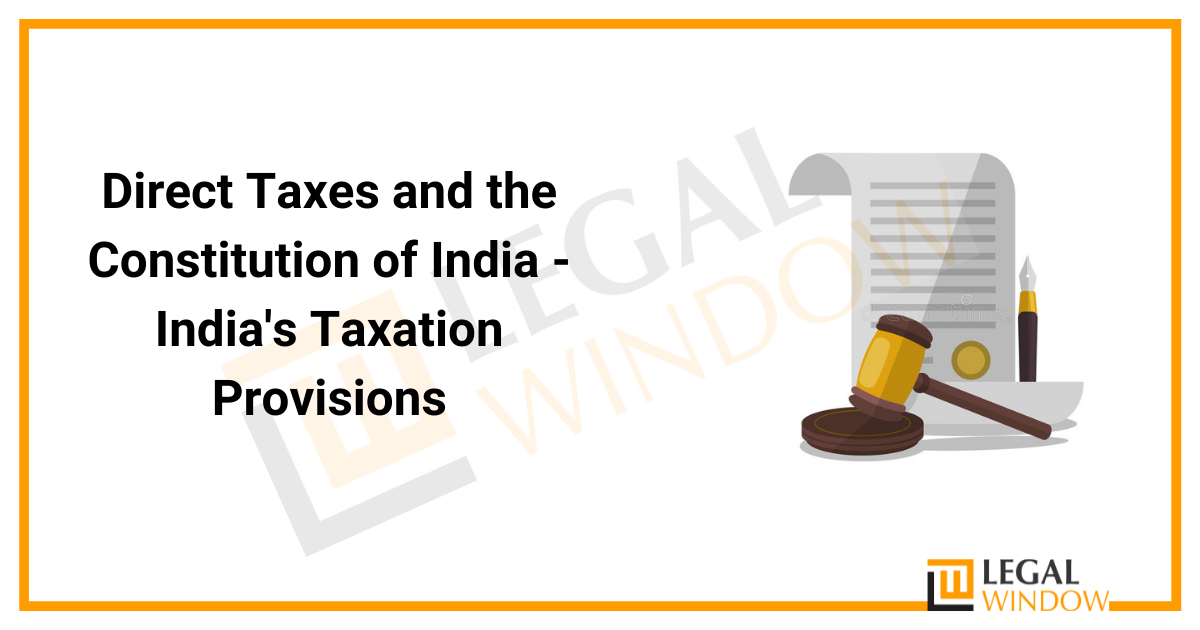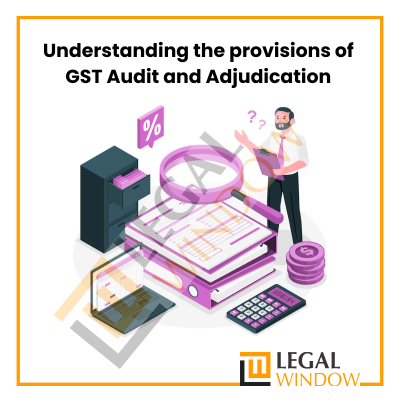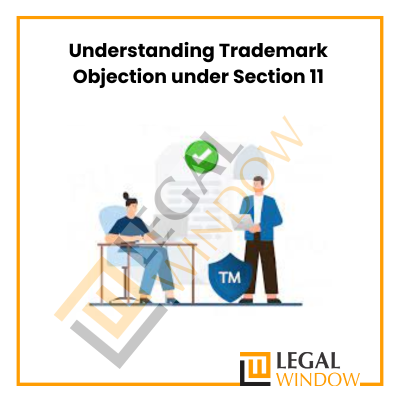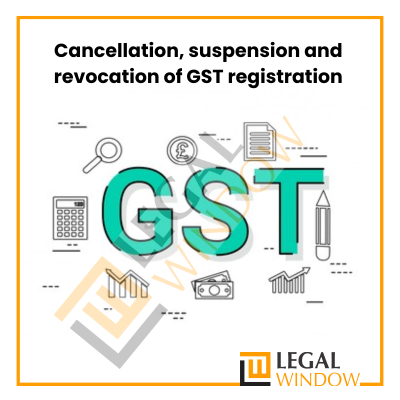Direct Taxes and the Constitution of India – India’s Taxation Provisions
- April 7, 2022
- Income Tax

The taxation system is the backbone of a country’s economy, ensuring that revenue is stable, management of economic development and that industrial activity is care of. India’s three-tier federal system includes Union Government, State Governments, and Local Bodies, all of which are in charge of the various taxes and charges that apply in the country. Let us discuss in brief the Direct Taxes and the Constitution of India.
Local governments and municipalities would be among the local bodies. According to the Constitution, the Indian government has the authority to collect taxes on persons and organizations. The right to levy/charge taxes has not been given to anybody save the authority of law, according to Article 265 of the Indian constitution. The constitution’s 7th schedule defines the issues on which the Union, States, or both can impose taxes. Limited financial rights have been granted to local governments via the 73rd and 74th amendments of the constitution, which are incorporated in Part IX and IX-A of the constitution.
| Table of Content |
Definition of Tax
A Tax is a monetary burden on individuals or property owners in order to contribute to the government’s revenue. As a result, tax is an obligatory contribution rather than a voluntary payment or donation that one chooses. It is a monetary payment, which the legislative body demands. It might be either a direct or indirect tax. Revenue mobilization with an effective tax system and policies can result in revenue growth that is somewhat faster than GDP (Gross Domestic Product).
The government utilizes this tax to perform functions such as:
- Social welfare programmes such as schools, hospitals, and low-cost housing.
- Roads, bridges, flyovers, trains, ports, and other infrastructure
- The country’s security infrastructure, such as military hardware
- Law and order enforcement
- Pensions for the aged and assistance programmes for the jobless or those living in poverty.
Different type of Taxes
In India, there are two sorts of taxes: direct and indirect taxes. The GST is one of India’s largest and most effective tax changes (Goods and Services Tax). It acts as a complete indirect tax, assisting in the elimination of the tax’s overall flowing impact.
- Direct Tax : It is a tax levied on both corporations and individuals. It’s a special kind of tax that no one else can transfer or accept. Wealth tax, income tax, gift tax, and other direct taxes are examples. The Central Board of Direct Tax (CBDT) is a revenue department of the Ministry of Finance. This board has a dual purpose: it provides essential ideas, major planning inputs, and policies in the area of direct taxation in India. The Central Board of Direct Taxes assists the Income Tax Department in the handling of direct taxes.
- Indirect Tax : Indirect taxes are those taxes the public pays to the government indirectly through products and services. Taxes from those who sell products and services to the government. When the selling of a thing or product takes place in a state, the government imposes a sales tax on it. The government decides the rate and ultimately it takes the form of Value Added Tax (VAT).The Central Board of Excise and Customs is in charge of formulating duty policies, collecting custom excise duty, and collecting service tax (CEBC).Following the implementation of GST, the Central Board of Excise and Customs is now acting as the Central Board of Indirect Tax and Customs (CBIC). Its primary function is to assist the government in developing GST policy.
- Custom Duty: All items entering the nation are subject to customs duty. It is imposing taxes on both export and import of commodities and serves as a revenue source for the government as well as a means of controlling commerce.
- Excise Taxes: This is a real commodities tax because the government put this tax on the manufacture of products rather than on their sale. The government imposes this tax, but only on alcoholic beverages and narcotics/drugs. Unlike customs duty, this tax solely applies to items made in India. The Central Value Added Tax is another name for it (CENVAT).
- Service Tax: In this case, the taxable item is a service. The government also takes taxes on the use of the telephone, stock broking, and general insurance services in India. Since then, this circle has grown to embrace considerably more services, and it is now acting as Goods and Service Tax.
- VAT or Value Added Tax: The government enacts this tax in response to India’s poor indirect tax framework, which causes a commotion. The self-monitoring feature of the Value Added Tax makes its administration straightforward. Except for the Union Territories of Andaman & Nicobar and Lakshadweep, all Union Territories and States in India are subject to VAT.
- GST: Direct and indirect taxes were collected by the three government organizations until July 1, 2017, when GST was implemented. GST incorporates a variety of indirect taxes imposed by the federal and state governments. Through the intrastate supply of goods and services, both the federal and state governments collect indirect taxes.
Legal Window can assist you in GST Registration. Get your GST registration by us!
Characteristics of an Effective Tax System
- A good tax system should be equitable and fair in general, resulting in an equal distribution of wealth in the society.
- It must be efficient and provide the necessary money for the government.
- Tax collection is a vital responsibility.
- The weight of taxes should not obstruct the development of commerce and industry.
- The taxes imposed should provide the government with a clear picture of its revenue.
- The tax system should be built on extensive and current statistical data to allow for reliable forecasting.
- In order to react to the requirements of the state, the tax system should be simple and elastic.
- Ability of taxpayer must be kept in mind when dividing the tax burden.
India’s Taxation system
The Indian tax system is a three-tier federal framework, including the following components:
- The Union List (List 1 of the 7th schedule to the Indian Constitution) lists the subjects over which the Central Government has legislative authority [Article 246(1)].
- The State List consists solely of issues over which the State Government has legislative authority [Article 246(3)].
- The Concurrent List contains subjects over which both the federal and state governments have legislative authority [Article 246(2)].
When there is a controversy between the Centre and the states over entries in the concurrent list, the Union Government’s law takes precedence. However, if any provision of state legislation is in conflict with a previous law by parliament, and the state law receives the President’s approval, it takes precedence.
Allotment of powers of Taxation
The allotment of power of taxation is as follows:
- The functions of the central government outlines in Entries 82-92B of List 1 of the constitution’s 7th schedule.
- The powers of the state government are presenting Entries 45-63 of List 2 of the schedule.
- Because list 3 does not deal with taxes, both the federal government and the state government do not have concurrent taxing powers.
- The 7th Schedule’s Entry 97 of List 1 provides residuary taxing rights that only the centre has.
India’s Taxation Provisions in the Constitution
Every legislation in India has its origins in the Constitution, hence knowing the provision of the Constitution is essential to have a comprehensive knowledge of any law. The following are the types of constitutional provisions concerning taxation in India:
- Taxes can only be levied with the authorization of the law. (Articles 265 and 266)
- The imposition of a tax burden and its distribution between the federal government and the states (Article 268, Article 269, and Article 270)
- Limitation on the states’ ability to raise taxes (Article 286)
- Purchase/sale of items that occur outside of the particular state
- During the import and export of products, there is a sale or purchase of items.
- Taxes imposed by the state or the state’s purpose (Article 276, and Article 277)
- State-imposed taxes or the goal of the union (Article 271, Article 279, and Article 284)
- Grants-in-Aid (Grants-in-Aid) (Article 273, Article 275, Article 274, an Article 282)
265th Article
This article simply states that no taxes can be collected without the ‘power of law.’ The term “law” refers to statute law or a legislative act. The legislation should not apply in a way that violates any other article of the Constitution. This article serves as a deterrent against arbitrary tax collection.
266th Article
The Consolidated Funds and Public Accounts of India and the States are falling under this article. The law states that subject to the provisions of Article 267 and Chapter 1 (part XII), the entire or a portion of the net proceeds of certain taxes and duties to States. All loans from by the Government through the issuance of Treasury bills, all money received by the Government in repayment of loans, all revenues received by the Government of India, and loans or other ways and means of advances shall form one consolidated fund to be known as the Consolidated Fund.
The same is true of a state’s government’s revenues, which refers to as the Consolidated Fund of the State. Consolidated Fund of India or a State can only utilize this money in accordance with the law, for the purposes, and in accordance with the Constitution.
268th Article
This section lists the duties by the Union government but which state government collects and claim, such as stamp duties and excise on medicinal and toilet preparations, which are in the list in the Union List. The Government of India levies this tax but the state government collects from the areas within which these duties are eligible for levy except in union territories.
Article 269 (A)
This is a new item that grants the Government of India, i.e. the Centre, the ability to collect GST on inter-state trade or commerce. Further, it is referred to as IGST in the Model Draft Law. However, there are two ways for states to benefit from the Centre’s gathering efforts:
- Proportional Apportionment (let say out of total net proceeds 42 percent is directly apportioned to states).
- Through India’s Consolidated Fund (CFI). The States receive a certain proportion of the total sum in CFI.
270th Article
This article specifies the taxes that are present between the Union and the States:
- Except for the duties and taxes in articles 268, 269, and 269A, all taxes and duties in the Union List may be subject to payment individually.
- The Union Government collects taxes and surcharges on taxes, duties, and cess on certain activities that are in Article 271 of any statute by Parliament.
- As per clause, it is between the Union and the States (2).
- The profits of any tax or duty from fiscal year are subject to distribution to the states where the tax or duty is collectible in that year, but they cannot be include in the Consolidated Fund of India.
- Any tax which centre collects shall be split equally between the centre and the states, as per clause (2).
- With the introduction of GST, two sub-clauses to this Article were added: Article 270(1A) and Article 20. (1B7).
271st Article
The Union Government may ask Parliament to increase any of the taxes or charges stated in Articles 269 and 270 by levying an extra surcharge on them, and the profits go to the Consolidated Fund of India. Article 271 is an exemption to the provisions of Articles 269 and 270. The Union is also in charge of collecting the fee, and the State has no involvement.
273rd Article
Every year, this gift is charged to the Consolidated Fund of India in lieu of any portion of the net earnings from the jute export duty to the states of Assam, Bihar, Orissa, and West Bengal. This grant shall continue and be charged to the Consolidated Fund of India for as long as the Union government continues to collect an export tariff on jute or jute products, or until it expires, which is 10 years after it began.
275th Article
The law authorizes these awards to transfer to those states that are in desperate need of finances and assistance in obtaining those monies. The government utilizes these funds/grants for the growth of the state and the expansion of the state government’s welfare measures/schemes. Moreover, to provide social services to Scheduled Tribes in their communities.
276th Article
This page discusses the state government’s taxes, which state governments impose, administer, and collect. However, the taxes charged are not standard throughout states and may differ. To mention a few, there is sales tax and VAT, as well as professional tax and stamp duty.
277th Article
Except for cesses, fees, duties, or taxes levied by any municipality or other local body for the purposes of the State immediately prior to the commencement of the constitution, which can continue to be levied and applied for the same purposes despite being mentioned in the Union List until a new law contradicting it is passed by the parliament.
279th Article
This article discusses how to calculate “net proceeds,” among other things. The ‘net profits,’ as determined and verified by the Comptroller and Auditor-General of India, are the proceeds remaining after subtracting the cost of tax collection.
282nd Article
It is typically used for one-time, transitory, or ad hoc programs, and the right to impose punishments is unrestricted.
286th Article
This article limits the government’s ability to tax.
- The state cannot tax imports or exports, nor can it levy taxes outside of the state’s borders.
- Only parliament has the authority to establish standards for determining whether a sale or purchase occurs during export, import, or outside the country. (These rights are in Sections 3, 4, and 5 of the Central Sales Tax Act of 1956.)
- Legislature can control taxes on the sale/purchase of special-interest items, and the state government can charge taxes on these special-interest goods pursuant to these limits.
289th Article
State governments are immune from Union taxes on their property and revenue, although the Union can levy a tax to that extent if the legislature grants a bill in this respect.
Other Tax-Related Clauses
Few other tax-related clauses are:
- Except for the requirements listed in Articles 302, 303, and 304 of the Indian Constitution, 1949, trade, commerce, and inter-course are immune from any taxation across India.
- Article 302 authorises the legislature to establish trade and commerce restrictions in the public interest.
- Article 303– This article comes into action whenever there is a scarcity of products. The law prohibits the discrimination between state governments, unless there is a scarcity of products in a specific state. In a case preference for that state can be granted only by the Parliament and in accordance with the law.
- Article 304– allows a state government to levy taxes on products imported from other states and union territories, but it cannot discriminate between items produced inside and outside the state. The state can also use its authority to put limits on the freedom of trade and commerce inside its borders.
Endnote
India is a large country with people from various communities, wealth levels, and income levels. Taxation cannot be the same for everyone. This is one of the reasons why India’s tax system has been so difficult for so long. India has been dealing with the issue of tax evasion, which appears to be hollowing out our taxation structure. India’s tax rate is high, but its direct tax yield is modest. As a result, the government has attempted to lower taxes over time. Furthermore, for a country to succeed its tax collecting system must be robust and efficient and individuals are required to file ITR on time.
Our experts will guide you through the process of filing of GST returns, ITR’s and will provide you guidance related with taxation and handle your issue regarding taxation efficiently.
CA Pulkit Goyal, is a fellow member of the Institute of Chartered Accountants of India (ICAI) having 10 years of experience in the profession of Chartered Accountancy and thorough understanding of the corporate as well as non-corporate entities taxation system. His core area of practice is foreign company taxation which has given him an edge in analytical thinking & executing assignments with a unique perspective. He has worked as a consultant with professionally managed corporates. He has experience of writing in different areas and keep at pace with the latest changes and analyze the different implications of various provisions of the act.
Categories
- Agreement Drafting (23)
- Annual Compliance (11)
- Change in Business (36)
- Company Law (147)
- Compliance (88)
- Digital Banking (3)
- Drug License (3)
- FEMA (17)
- Finance Company (42)
- Foreign Taxation (6)
- FSSAI License/Registration (14)
- GST (117)
- Hallmark Registration (1)
- Income Tax (199)
- Latest News (34)
- Miscellaneous (164)
- NBFC Registration (8)
- NGO (14)
- SEBI Registration (6)
- Section 8 Company (7)
- Start and manage a business (20)
- Startup/ Registration (126)
- Trademark Registration/IPR (40)
Recent Posts
- Understanding the provisions of GST Audit and Adjudication April 20, 2024
- April, 2024 Tax Compliance Tracker: Income Tax & GST Deadlines April 18, 2024
- Managing Director & Whole Time Director in a Private Limited Company April 17, 2024
About us
LegalWindow.in is a professional technology driven platform of multidisciplined experts like CA/CS/Lawyers spanning with an aim to provide concrete solution to individuals, start-ups and other business organisation by maximising their growth at an affordable cost.








